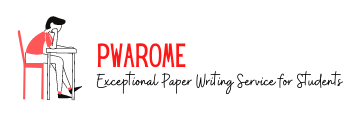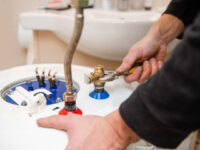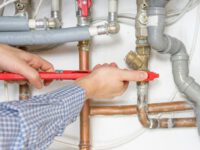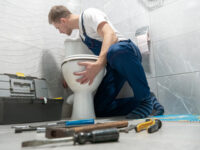Mold Inspection – What You Need To Know
A mold inspection can help you determine whether or not you need to seek remediation for your home. These tests may involve various methods, such as air sampling and surface sampling. Air samples, as well as samples from the surface of the home, are important because they can show where amplification may occur. If you suspect that you are dealing with a mold problem, you should choose a professional mold inspector to perform the tests for you. Mold Removal professionals are trained to take accurate air samples and analyze them at a licensed laboratory. A mold assessment report will be generated that outlines their findings and recommend a remediation plan.
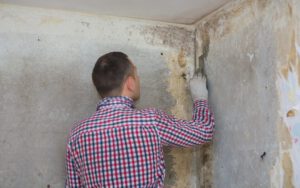 The process begins with a visual inspection. During this stage, the inspector will check the interior and exterior of the home for mold, including hidden areas such as the HVAC system. They will also inspect the surrounding landscape to determine whether or not it is susceptible to the growth of mold. Once the inspector has located any signs of mold, they will conduct a more detailed analysis by using tools like a humidity meter and a thermal imaging device. For example, if you see a lot of moisture or condensation in a certain area, the chances of mold are greater.
The process begins with a visual inspection. During this stage, the inspector will check the interior and exterior of the home for mold, including hidden areas such as the HVAC system. They will also inspect the surrounding landscape to determine whether or not it is susceptible to the growth of mold. Once the inspector has located any signs of mold, they will conduct a more detailed analysis by using tools like a humidity meter and a thermal imaging device. For example, if you see a lot of moisture or condensation in a certain area, the chances of mold are greater.
A mold inspection should also determine if there are any signs of water damage. If you notice water damage, the mold spores are probably in your home. The inspector will also pull mold samples if they believe that there is a risk of mycotoxins. If your inspector suspects a mold issue in a new building or home, they will pull samples to support their findings. In some cases, a mold inspector may only pull samples to confirm their findings. If you suspect that there is a mold problem in a particular area, it may be necessary to undergo mold testing in a laboratory.
If you are worried that mold may cause health problems, consider hiring a mold inspection professional. A mold expert will be able to provide the proper mold testing and remediation procedures necessary for remediation. Additionally, a certified mold inspector will provide evidence of their findings and act as a witness in your case. In some instances, the results of a mold inspection can be used in legal proceedings. The best mold inspection companies will also provide free estimates.
Depending on the size of your home, the cost of a mold inspection will be between $200 and $500. However, this cost may be higher if the inspector needs to remove parts of the property or conduct additional testing. You should also consider the cost of mold removal if you’re worried about its impact on your health. A mold inspection can save you from mold and other problems in the future. In addition to removing mold, the process of remediation may be more costly if the mold inspection is not completed in a timely manner.
The next step in a mold inspection is to moisture-map your entire home. Unlike a visual inspection, a mold inspection can miss small areas that can’t be detected. Once you’ve identified these areas, test them for Aspergillus and Penicillium. A mold inspection will reveal whether you have a problem with any of these fungi. A professional mold inspection can help you avoid costly remediation. So, why wait? Get your house inspected today!
Professional mold inspectors use swabs and tape to collect mold samples. Samples are packaged carefully to prevent contamination and sent to a reliable laboratory for analysis. If the mold is airborne, the most effective method to detect it is an air sampling procedure. This method involves drawing air over a glass substrate and testing for the presence of mold spores. If the samples show signs of airborne mold, the inspectors can recommend a treatment plan that is safe and effective.
A mold inspector will first do a visual inspection of the property. During this phase, the inspector will inspect for signs of moisture or water intrusion. If the inspector finds signs of water damage, he or she may have to take out paneling or drywall to locate the source of the moisture. Once the mold inspection has been completed, the inspector will consult with the homeowner to determine whether or not mold growth has occurred. A remediation plan will be devised together with the homeowner.
